电缆桥架是热镀锌还是冷镀锌好?
在选择电缆桥架的镀锌方式时,热镀锌被认为是更好的选择。以下是对济南电缆桥架热镀锌和冷镀锌的比较解释:
When choosing the galvanizing method for cable trays, hot-dip galvanizing is considered a better choice. The following is a comparative explanation of hot galvanizing and cold galvanizing for Jinan cable trays:
冷镀锌电缆桥架介绍:
Introduction to Cold Galvanized Cable Tray:
冷镀锌也叫“电镀锌”,它是用冷镀锌工艺直接生产而成,冷镀锌工艺上的原理就是通过电极反应得到。冷镀锌的耐腐蚀性肯定是没有其他材质的电缆桥架好,主要是因为它的镀锌量不够,所以常用到室内干燥环境下安装。
Cold galvanizing, also known as "electro galvanizing", is directly produced using the cold galvanizing process. The principle of the cold galvanizing process is to obtain it through electrode reactions. The corrosion resistance of cold galvanizing is definitely not as good as other materials of cable trays, mainly because its galvanizing amount is not enough, so it is often installed indoors in a dry environment.
热镀锌电缆桥架介绍:
Introduction to hot-dip galvanized cable tray:
热镀锌也称为“热浸锌”,热镀锌电缆桥架的工艺是将桥架除锈后放入600°左右高温熔化的锌液里,使电缆桥架的表面粘附一层厚的浸锌层,由于标准规定,其锌层厚度在5mm以下的薄钢板不得小于65um,在厚钢板上不得小于86um,可以很好的达到防腐蚀的目的。热浸镀锌技术作为一种有效的金属防腐方法,已广泛应用于各种工业结构的金属设备中,其耐腐蚀年限可达10年以上。
Hot dip galvanizing, also known as "hot dip galvanizing", is the process of removing rust from the cable tray and placing it in a high-temperature molten zinc solution at around 600 ° C, so that a thick zinc coating is adhered to the surface of the cable tray. According to national standards, the zinc coating thickness of thin steel plates below 5mm should not be less than 65um, and on thick steel plates should not be less than 86um, which can effectively achieve the goal of corrosion prevention. As an effective method of metal corrosion prevention, Hot-dip galvanization technology has been widely used in metal equipment of various industrial structures, and its corrosion resistance life can reach more than 10 years.
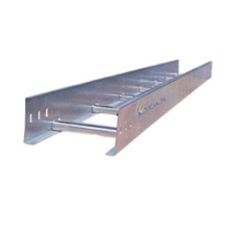

比较:
Comparison:
1.热镀锌:热镀锌是将钢制材料浸入熔化的锌中进行镀锌。这个过程创建了一个密实、均匀的锌层,提供了优异的耐腐蚀性和耐久性。热镀锌的镀层厚度通常比冷镀锌更厚,因此更能保护钢材。
1. Hot dip galvanizing: Hot dip galvanizing is the process of immersing steel materials into molten zinc for galvanizing. This process creates a dense and uniform zinc layer, providing excellent corrosion resistance and durability. The coating thickness of hot-dip galvanizing is usually thicker than that of cold galvanizing, thus providing better protection for steel.
2.冷镀锌:冷镀锌是就是利用电镀锌工艺制作,就是利用电解在制件表面形成均匀、致密、结合良好的金属或合金沉积层的过程。冷镀锌的锌层相对较薄,可能不如热镀锌提供同样的耐腐蚀性和耐久性。
2. Cold galvanizing: Cold galvanizing is the process of using the electroplating process to produce a uniform, dense, and well bonded metal or alloy deposit layer on the surface of the workpiece through electrolysis. The zinc layer of cold galvanizing is relatively thin and may not provide the same corrosion resistance and durability as hot galvanizing.
综合考虑,热镀锌通常被认为是更好的镀锌方式,特别是在暴露于恶劣环境条件下的电缆桥架应用中。热镀锌能够提供更长久的保护,抵抗腐蚀和磨损。
Overall, hot-dip galvanizing is generally considered a better method of galvanizing, especially in cable tray applications exposed to harsh environmental conditions. Hot dip galvanizing can provide longer lasting protection against corrosion and wear.
然而,具体选择应根据应用需求、成本和可行性等因素进行评估。在选择任何类型的镀锌方式时,确保符合相关行业标准和规范,做出正确的决策。更多相关事项就来我们网站http://www.sdhangfeng.com咨询!
However, the specific selection should be evaluated based on factors such as application requirements, cost, and feasibility. When selecting any type of galvanizing method, ensure compliance with relevant industry standards and specifications, and make the correct decision. For more related matters, come to our website http://www.sdhangfeng.com consulting service
上一篇:电缆桥架的四大施工顺序
下一篇:热镀锌桥架和防火桥架有哪些区别
下一篇:热镀锌桥架和防火桥架有哪些区别
相关文章 / Recommended news
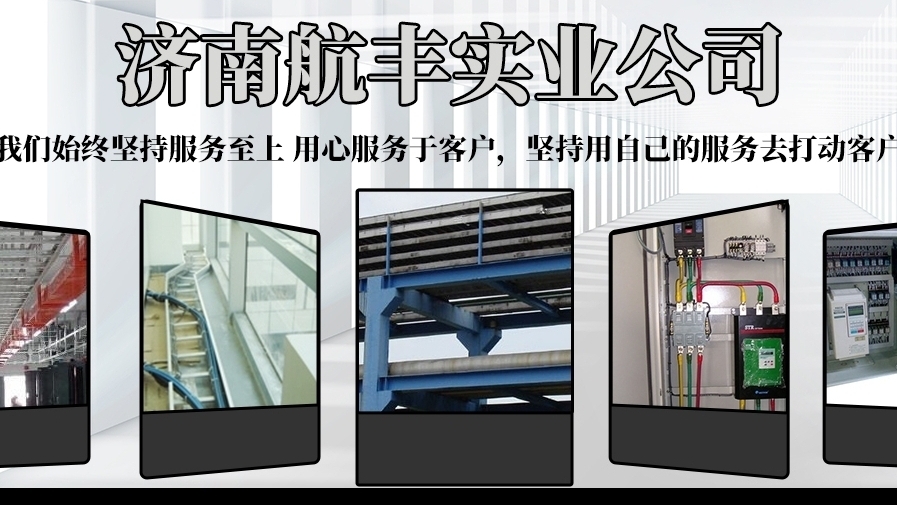 济南电缆桥架到底需不需要跨接
济南电缆桥架到底需不需要跨接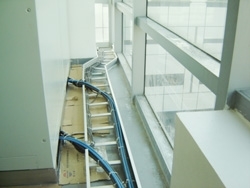 安装桥架
安装桥架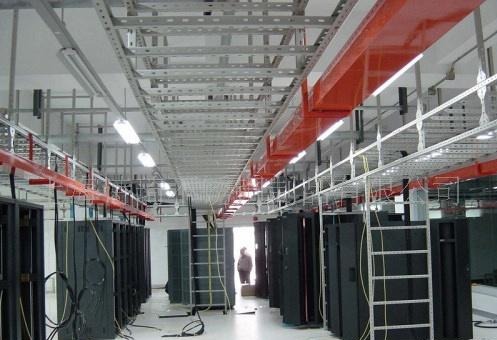 安装桥架
安装桥架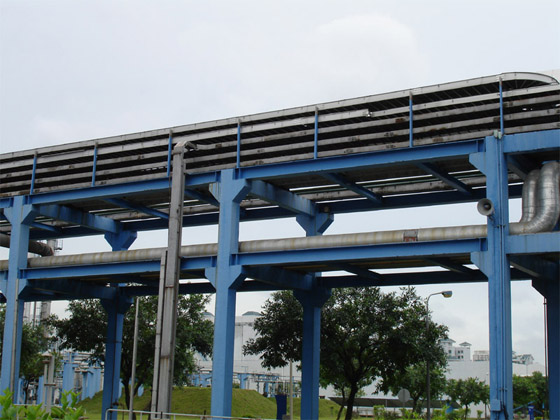 安装桥架
安装桥架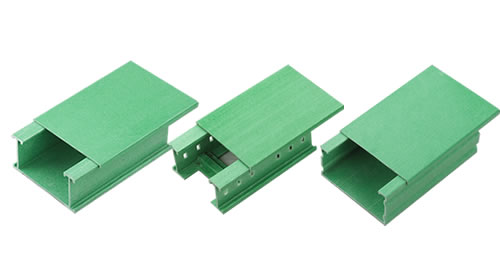 防火桥架
防火桥架




